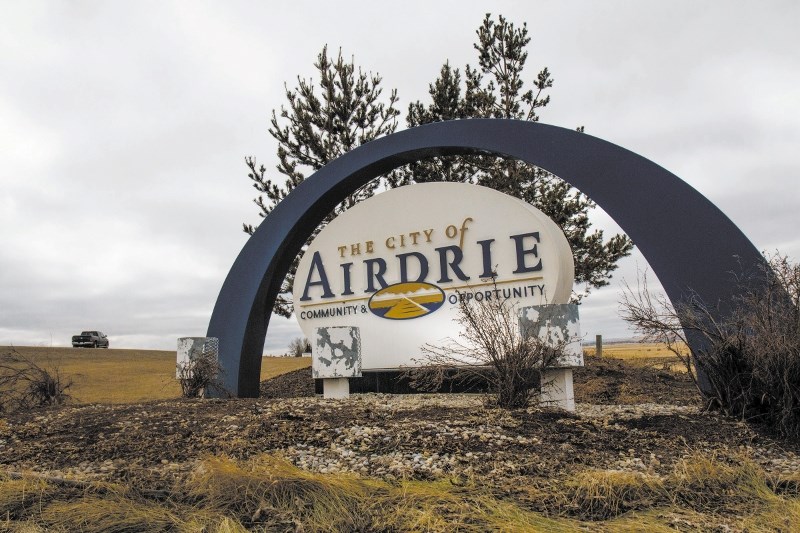Airdrie city council recently endorsed a plan to reduce the City’s corporate emissions by 23 per cent over the next five years.
The plan is to reduce corporate emissions by five per cent per year, according to the City’s Corporate Energy and GHG Reduction Strategy.
Monica Labait, manager of revenue and assessment services, explained at the Dec. 4 council meeting that an additional two per cent decrease will come from Alberta’s reduction in how they produce electricity.
“Our power plants are coal based right now and they’re transitioning to cleaner energy to produce the electricity,” she said.
Labait added that reduction measures will be in place starting in 2024, but weren’t brought forward during budget deliberations as the strategy was not yet in place.
The strategy incorporates a variety of tactics, ranging from simple changes in daily operations to more complex engineering solutions at each City-owned facility.
During the Dec. 4 council meeting, Coun. Al Jones emphasized that this plan is specifically targeting corporate emissions, and not the community as a whole.
He said it would not affect how people operate their homes, but that residents are always encouraged to embrace green initiatives and make their own move in the right direction.
GHG emission reductions will be reported to council on an annual basis in the spring, using data from the previous calendar year.
This strategy provides insights into the City's investment decisions concerning GHG emissions, beyond the minimum standards set by the Alberta Building Code, and focuses on reducing current operational emissions, according to administration.
The City’s aim is to depart from traditional approaches in building and system design by considering energy-efficient alternatives and lifecycle costs.
When replacing old equipment, the City will review its energy consumption and explore more efficient options, taking into account future utility rates and carbon taxes.
If an energy-using system was installed several years ago, its size, energy source and control strategy will be re-examined, instead of replacing it by a like-for-like model with an efficiency only marginally higher.
Deputy Mayor Tina Petrow commented that she appreciated the plan and warned the City to be cautious.
“I look at Edmonton and their fleet of EV buses that no longer work and now they’re out that money,” she said, noting that taking giant leaps often requires some course corrections.
She said thoughtful and proven baby steps were important to her.
“Sometimes we see other municipalities doing very radical things to try to reduce their emissions and a lot of times they don’t work,” she said. “I think this is a very baby step kind of plan and I appreciate that. Hopefully we can make some of these targets while being thoughtful and realistic.”
Energy and greenhouse gas (GHG) reduction saving projects implemented between 2017 and 2021 reduced greenhouse gas emissions by 1,418 tons per year.
That included things like rooftop solar arrays, a solar carport, upgraded lighting, and an electric ice resurfacer.
Administration considered several external funding options to help fund future projects to lower both corporate emissions and utility costs.
An application was submitted for six emission conservation measures (ECMs) at Genesis Place with the Infrastructure Canada's Green and Inclusive Community Buildings (GICB).
Other options include the Federation of Canadian Municipalities' Green Municipal Fund GHG Reduction Pathways, the Infrastructure Canada's Low Carbon Economy Challenge (LCEC), and provincial funding from the Municipal Climate Change Action Centre.
Starting in 2025, this strategy will be built into the City's 10-year Capital Budget and Plan, allowing the City to focus on both large and small-scale energy-saving projects, while tying less costly measures with the annual Operating Budget.
The City stated that major upgrades and routine maintenance can make operations more energy efficient.
Any project not in the 10-year capital budget and plan will be brought to council separately.



